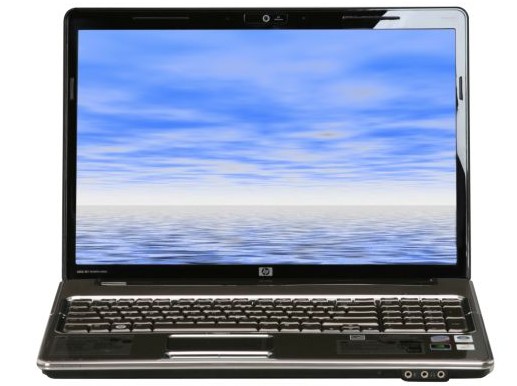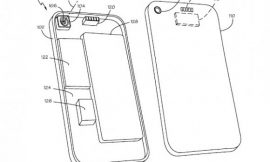It all looks so easy when Apple does it: Five different laptops, a sprinkling of options dusted on top, and customers lining up to pay top dollar. This “we’ll make your choices for you” approach has won Apple an increasing share of the computing world in recent years, so why doesn’t everyone follow suit? Besides the potential complications of putting all your eggs in one basket, the world’s largest PC maker doesn’t necessarily have the luxury of excluding customers — if it wants to keep that title, anyway. At a company as massive as HP, taking a red pen to the product catalog gets complicated, even though execs acknowledge it needs to happen.
At HP’s Global Influencer Summit in Shanghai, HP’s head of consumer notebooks, David Frost, explained why the company’s lineup is still packed with different model numbers — and what it’s doing to whittle that down.
A delicate balancing act
HP Pavilion dv3510nr Blue Label laptop, a Best Buy exclusive in 2008Behind the scenes, it’s not as simple as simply imagining a product and building it. “It’s a challenge, you’ve got kind of opposing forces,” Frost says of the pressures the team faces. HP’s only goal is to accommodate customers of all different needs at different price levels, but it’s not the only player in the game. To get its notebooks to those consumers, it relies on stores, which often come with their own demands. “You have the retailers, who are like ‘Oh yeah, I don’t want mine to look like his.’” Hence the plague of one-off models sometimes available at major retailers like Best Buy. Remember the “Blue Label?”
On the other end of the equation, builders are also constricted in what they offer by vendors like Intel and AMD, which supply the parts. After all, HP can’t just conjure computers out of nothing — everyone is working with the same basic ingredients.
The diversity of buyers across the globe presents a whole other challenge. “There are very big geographic differences,” Frost explains “In America, nobody wants discrete graphics. In China, demand is very, very high.” Even among buyers who want discrete graphics, there’s no go-to solution. “In some markets, half the market’s Nvidia, half the market’s ATI. What do you do? You choose one, that’s OK, but you could argue you’re not meeting the other half of the market.” Display sizes present the same problem. Research shows that 14-inch notebooks rule in China, while Americans and Europeans prefer 15.6-inch notebooks.
New types of products represent new opportunities, but they’re also threats to the old way of doing things. “Now we have Ultrabooks,” Frost explains, “So am I killing products that have optical drives? When you bring in something new like that, you might kill something else.” Apple may be content leaving legacy technologies in the dust before the world has moved on, but HP’s large contingent of business customers makes this more complicated. It’s hard to kill VGA connectors, for instance, when most of the projectors in board rooms across the world still use them.
Change is on the way
Add all these options up, and it’s little wonder HP buyers have to navigate a maze of names including Envy, Folio, Mini, three different series of Pavilions, and ProBooks. You wouldn’t know it from looking at the ordering page, but HP does intend to simplify things over time.
“Quite frankly, we want as few choices as we can for our customers, to give them the best experience,” Frost says. “We try to make the HP brand promise: I’m going to make the right choices for you. There are different brands and different segments, but I’m going to make the right choices for you and you’re going to get a good experience.”
Does PR speak? Maybe, and clearly, the company has a ways to go before reaching the zen of simplicity. But its execs seem to acknowledge the problem. “We have work to do to better articulate some of our positionings,” admits James Mouton, senior vice president of HP’s personal computer business group.



Pingback: Why HP's Laptop Catalog is Still Overflowing « IT Tech Developer